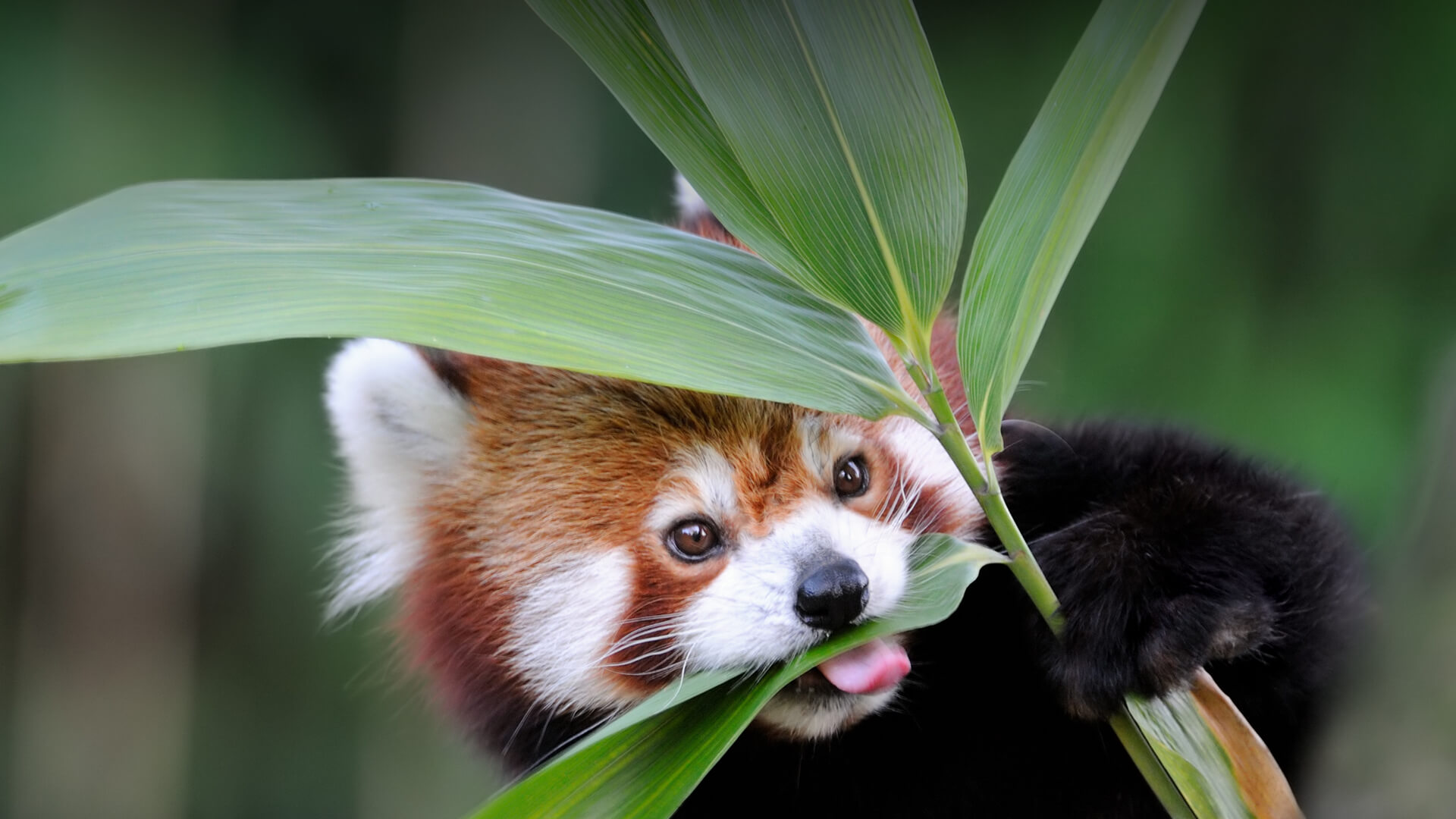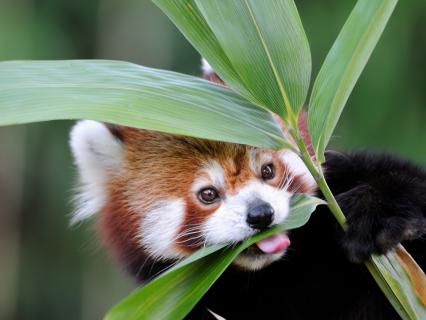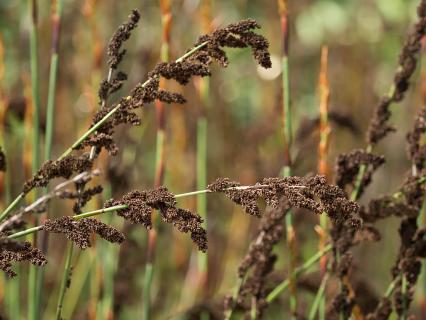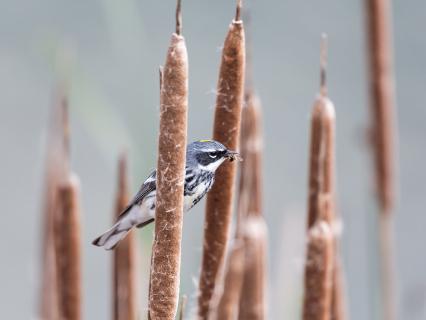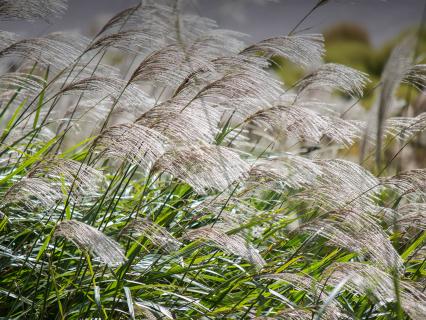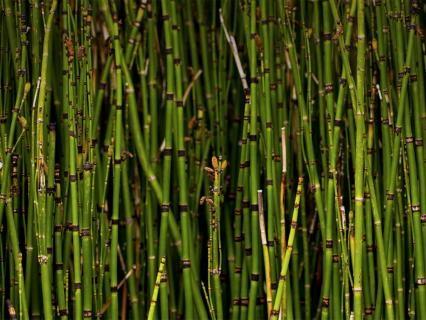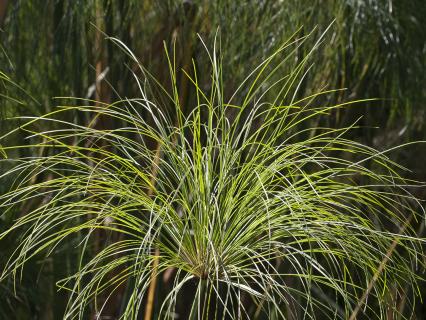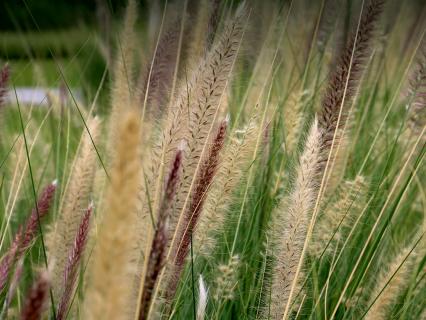Grasses

DEFINING CHARACTERISTICS:
Fibrous, often fine roots; no taproot
Leaf blades are usually long and narrow
Growth occurs from the base of the blade, not the tip
Both male and female flowers on a single plant
Flowers arranged in spikelets
Wind pollinated

"Sedges have edges; rushes are round; and grasses are hollow right up from the ground."
Time has forgotten who first arranged this ditty, but over the years it has helped beginning botanists remember how to correctly categorize the range of single-stemmed, upright growing, grass-like plants. Rushes, reeds, sedges, and grasses have many physical characteristics in common, but not all that look similar are related!
TRUE GRASSES
The true grass family, Poacae, is one of the most abundant and widely distributed botanical groups. Found on every continent except Antarctica, they dominate habitats such as salt marshes, steppes, savannas, and more. Where they reign, they tend to create vast biomes. In fact, if continuous areas of grassland habitats are tallied, the result would show that grasses cover more than 30 percent of the dry land on Earth!
SEDGES
Although sedges resemble true grasses in many ways, they are different enough to warrant a family of their own, Cyperaceae. As noted in the rhyme at top of this category, sedges "have edges"; seen in cross section, a sedge stem is triangular, not round. and while the leaves of a sedge plant do look quite grasslike, they are arranged in ranks of three, as opposed to the two alternating leaves of true grasses.
HORSETAIL
Horsetail plants trick many people; the non-branching, vertical stems look like what most folks recognize as a type of grass. However, horsetail reproduces through spores, like ferns, rather than the flowers and seeds of grasses and sedges. Horsetails Equisetum, are the only surviving members of Class Equisetopsida—all the other types of this primitive plant are extinct.
USES
Grasses have long been important to humans—we've relied on them for sustenance for thousands of years. Even in the ages before we developed into an agrarian society, it was the wild grasses that fed the animals our ancestors hunted. Eventually, we began to deliberately cultivate and eat the seeds of the grasses we now call oats, rye, rice, wheat, corn, and millet, making them staples of our diet. We also wove them into a variety of items from baskets to brooms, which helped refine our lifestyle. The grass we now call "bamboo" is as sturdy as the wood of trees, and in many cases is used for similar purposes. And, of course, over the most recent centuries, we have developed ornament uses for grasses in yards and gardens.

